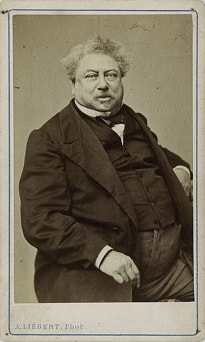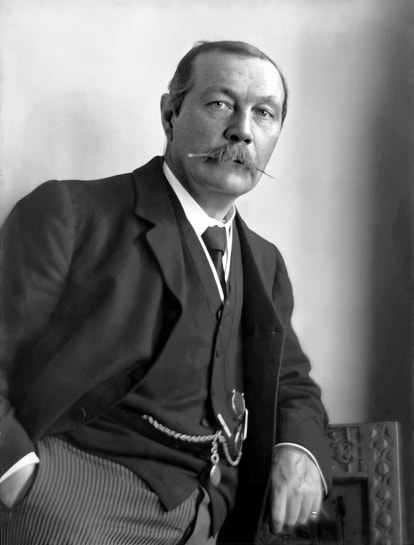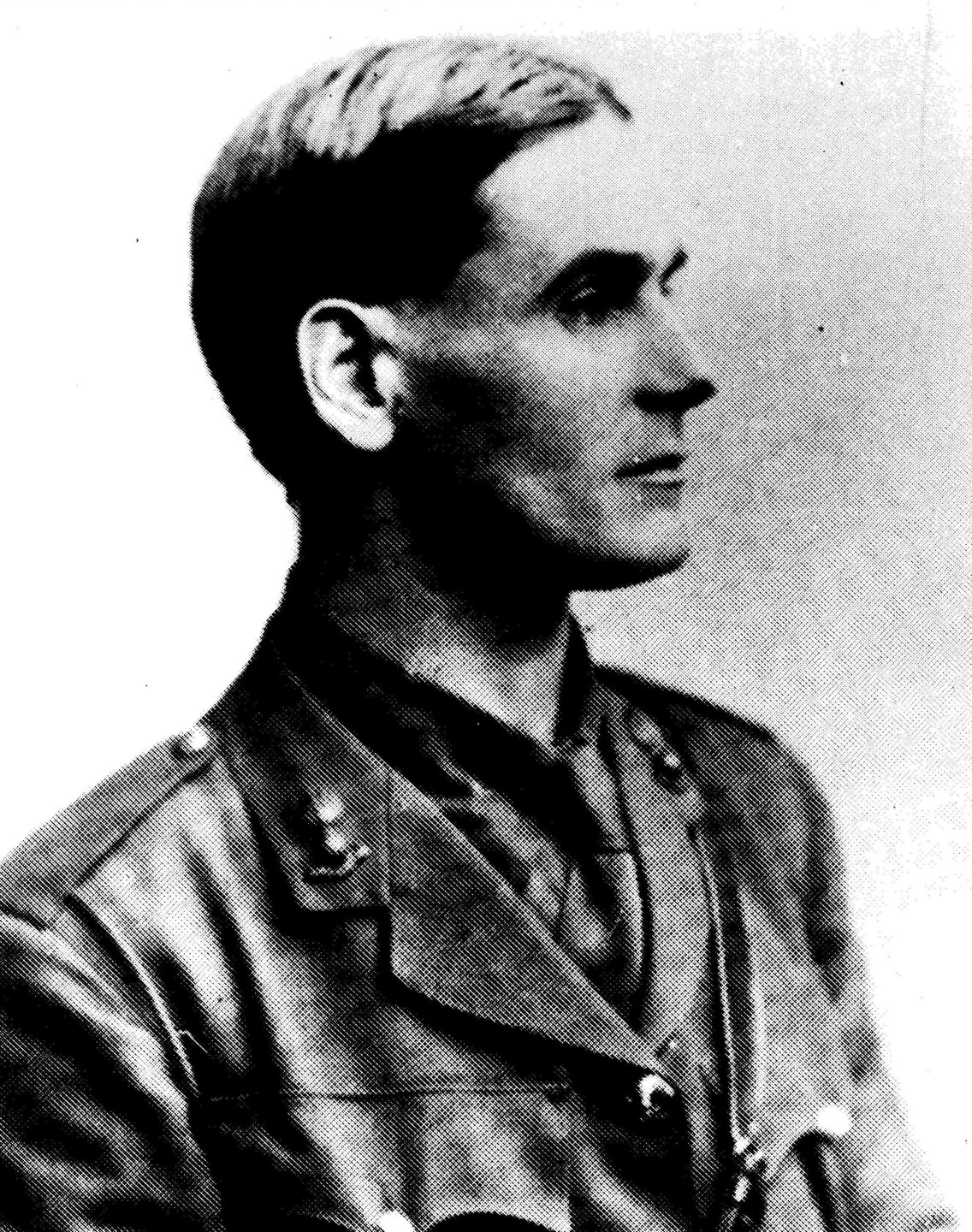
 |
Floor Plan |  |
The Dennis Wheatley 'Museum' - Dennis Wheatley's Writing Technique
Influences
As a member of the DW community once put it to me, consciously or unconsciously, all novelists lean to a greater or lesser extent on all the material they have read before they finally put pen to paper.
In DW's case, as such a widely read man, and whether he realised it or not, the influences must have been many, but some deserve particular mention.
The first is Alexandre Dumas, who DW read in his youth, and he had a complete collection of Dumas' works in his Library. DW made no secret of his debt to Dumas, and he would tell anyone who asked how he had based his 'Four Modern Musketeers' on Dumas' 'Three Musketeers' (who were actually four in number if you include d'Artagnan). DW also took direct inspiration from Dumas's 'Twenty Years After' when he wrote 'The Golden Spaniard' in having the two pairs of heroes take opposite sides in a conflict.
As a boy, DW was very fond of Conan Doyle's 'Brigadier Gerard' stories, which tell the exploits of a French Hussar during the Napoleonic period. The French Revolution interested DW greatly, but it may be that Brigadier Gerard's exploits also played some part in DW's decision to place his (British) hero Roger Brook in the Napoleonic era.
A host of thriller writers may have helped DW come up with his hero Gregory Sallust, one of whom may have been John Buchan. But DW was very different to Buchan in that he introduced women (and sex) into his books as major characters. This would have been completely anathema to Buchan.
Characters aside, although he never said so directly, DW derived a great deal of material for his Black magic stories, and in particular for The Devil Rides Out', from William Hope Hodgson's 'Carnacki' stories; indeed, if Hope Hodgson had survived World War One this might have landed DW in some trouble. Somerset Maugham's 'The Magician' may have given DW the idea the homunculus in his novel 'To The Devil A Daughter', while the Angel of Death in 'The Devil Rides Out' is probably based on a passage in 'The Invisible Influence' by Alexander Cannon, a book which DW refers to by name in the novel.
Away from characters and plots, there is of course writing style to be considered, and this is what DW said about his writing style in a lecture to the Royal Society of Arts in 1953:
'Like many other would-be novelists, before sitting down to my first book I spent some time examining the works of authors who had proved to be best sellers. With innocent optimism I sought the secret of spell-binding by the arrangement of words. Some, I found, favoured paragraphs of a page or more in length and immensely long sentences, while others wrote in short crisp phrases. Soon I realized that my quest was hopeless, and that it is futile for any writer to seek to model himself on another. He must use such abilities as he has to tell his story in his own way.'
| References: | DW's Cantor Lecture of 27th April 1953 on 'The Novelist's Task', reproduced in The Journal of the Royal Society of Arts Vol CI No. 4908 of 18th September 1953. |




